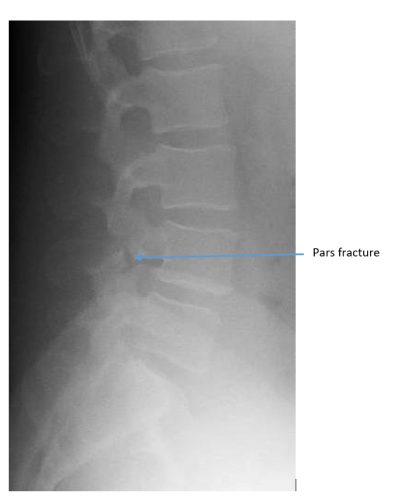Sports Injuries
Sports injuries of the spine are common. They can occur at any age group and affect different parts of the spine depending on the type of physical activity.
What type of sports injuries can occur to the spine?
The commonest type of sports injury of the spine is muscular in nature. One may feel pain during the sporting activity or soon after. Some people however, experience pain a day or two after the sporting activity and this is called delayed onset muscle soreness (DOMS). This occurs from inflammation due to tiny tears in the muscles of the spine. This condition is usually self-limiting and responds well to a short period of rest, anti-inflammatory medications and/or muscle relaxants. There can also be associated injuries involving the muscles of the shoulders, buttock and hip depending on the type of activity that was done.
In some cases, the deeper structures of the spine may be injured. They include the intervertebral disc (cushion of the spine), the facet joint (joint of the spine) or the vertebral body (bony support of the spine). Types of injuries to the disc include an annular tear or a slipped disc (herniated disc or herniated nucleus pulposus/HNP). In patients who have osteoporosis, a minor fall during activity may cause a spine fracture (vertebral body fracture). Some sports with repeated hyperextension may result in a fracture of a part of the spine called the pars interarticularis. There can be an associated slip of the spinal bone (vertebral body) in patients with a pars fracture called spondylolisthesis. Persistent neck or back pain that does not get better with medications or rest may need further investigations to be done to exclude causes that may be more serious than a muscle strain.
Symptoms of nerve injury in the spine include tingling, numbness or pain down the arms (radiculopathy) or legs (sciatica). In very severe cases, there may be bladder symptoms where there is difficulty in urinating. In these patients, an MRI of the lumbar spine is done to look at for the cause and severity of the nerve compression in the spine.

Figure: X-ray showing a pars fracture, a type of sports injury
Treatment of sports injuries to the spine
Treatment of sports injuries to the spine requires first making an accurate diagnosis. This may be done after a thorough clinical evaluation and some investigations such as X-rays or MRIs. First-line treatment for the majority of sports injuries to the spine involve physiotherapy, anti-inflammatory medications and muscle relaxants. In some cases, a brace may be used.
In cases where the nerves in the spine are compressed, treatment may also involve taking a different sort of medications to help with the nerve symptoms. In some cases if there is severe nerve compression, spinal surgery may be done to decompress (free) the injured nerve(s). Treatment of spondylolisthesis or spinal fractures may sometimes require the usage of screws to stabilise the spine.



